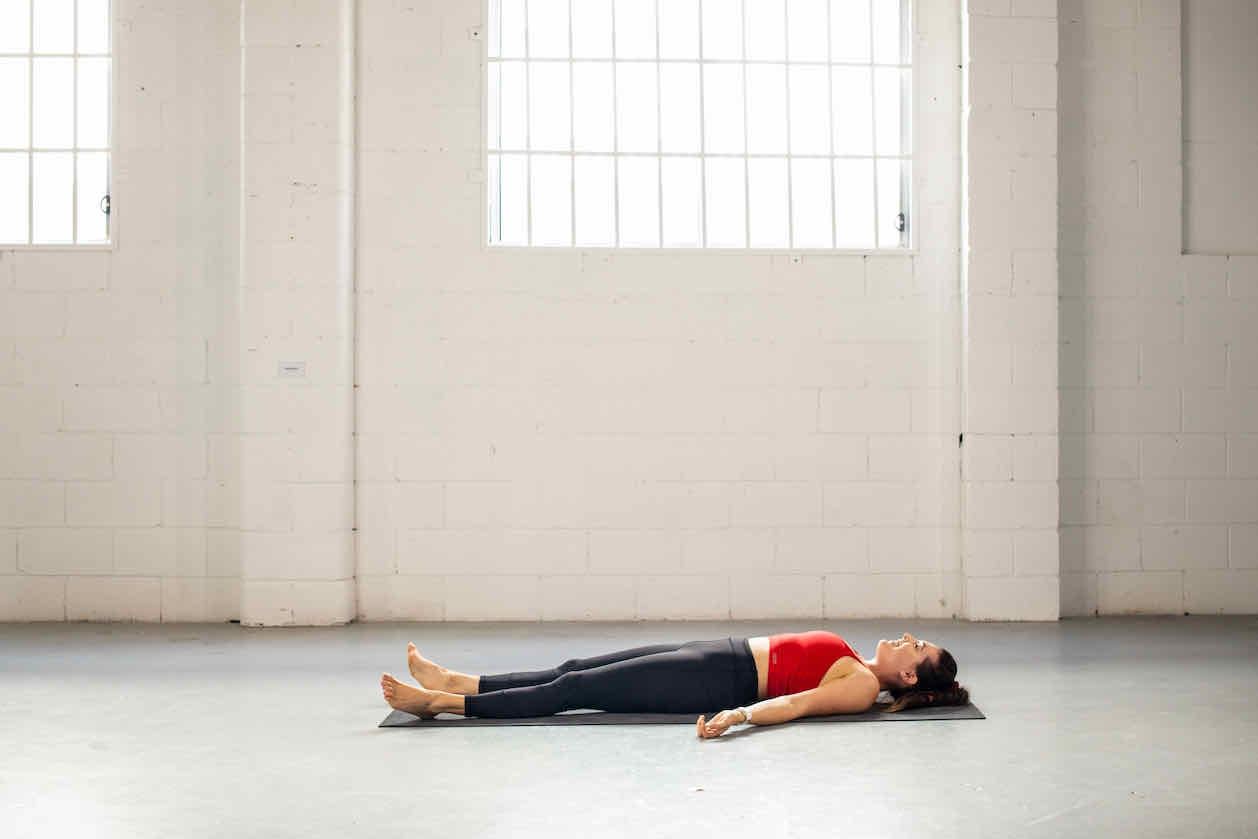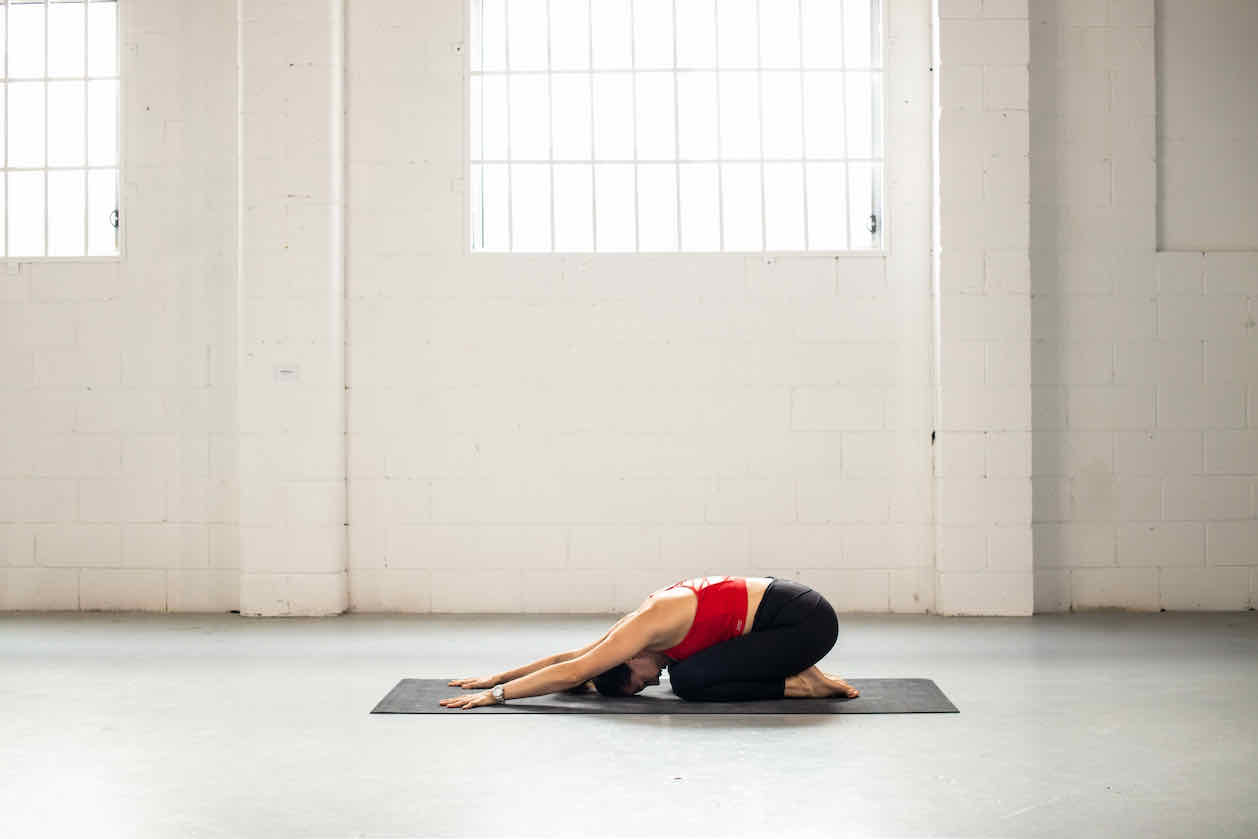A national survey found that over 55% of people who did yoga logged that it helped them get better sleep, with over 85% saying Yoga helped reduce stress. From Vinyasa to Hatha Yoga, this practice is one of the most popular forms of exercise in the world and it can even be viewed as a form of meditation.
However, many people aren’t aware that Yoga can actually help you fall asleep faster and deeper than before.
If you’ve been feeling tired and worn out lately, it might be time to add some Yoga to your daily routine! Yoga is a fantastic way to not only improve sleep, but also your overall quality of life in the long term.
Why Is Sleep So Important?
If you want to better your body or mind, sleep is key! That’s right, get some shut-eye. Without it, you run the risk of damaged immune systems, slower thinking, and other health complications.
We all know that sleep is an important part of our physical well-being. But have you ever wondered about the impact it has on our mental health? Restful sleep can help improve your mood, emotions and mental clarity.
How Does Yoga Exercises Help To Improve Sleep?
Releases Tension From The Body
If you’ve ever performed Yoga poses, we’re sure you would have sunk into that relaxation state of mind and found yourself drifting away: we know we have!
Yoga practice encourages both your mind and body to relax, combined with slow breathing exercises to help release stress and anxiety.
In fact, Yoga releases specific chemicals which help to lower your stress levels including serotonin, endorphins and dopamine. Studies have also suggested that practising Yoga may improve blood pressure; this can often be a key goal for older adults jumping into the world of Yoga.
By releasing tension from the body and reducing anxieties you are much more likely to get a better night’s sleep. Research has shown that anxiety can affect your sleep negatively through keeping you up at night from thoughts impacting Rapid Eye Movement (REM).
The Parasympathetic Nervous System
The parasympathetic nervous system is also referred to as ‘rest and digest’. These are activities that occur across the body where you are at rest. This is in contrast to the sympathetic nervous system which leads the ‘fight or flight’ response.
Restorative Yoga up-regulates the parasympathetic nervous system. This type of Yoga promotes mental and physical relaxation. Yoga classes for this will help you to slow down, become aware of sensations and thoughts and decrease your heart rate.
Slows Down The Mind
The effects of Yoga on the mind can have incredible benefits to improve your mental well-being. During Yoga classes you can begin to develop an awareness of thoughts and body functions, enabling you to decrease the narrative of thoughts.
Studies have shown that Yoga increases gray matter volume and reduces cognitive failure in the brain (this is what else happens to the brain when you practise Yoga). The greater gray matter from mental activity has been known to help to improve focus, impulses, decision making and awareness.
Types Of Yoga Poses That Help You Sleep Better
Before we get into specific Yoga poses, why not try out a class for yourself? Love Your Liver Yin Yoga will help you de-stress and feel prepared for a great night’s sleep.
Ok now here are some Yoga poses to try…
Viparita Karani, Also Known As ‘Legs Up The Wall Pose’
This exercise is performed by laying flat on your back with your legs up the wall, then resting your arms flat to the side of your body. Make sure to have your hips as close to the wall as possible, if not touching, so your legs can easily lean. You should then relax with your spine straight and remain in this position for up to 20 minutes. Using a bolster or cushion to elevate the hips adds even more comfort.
In relation to sleep, the pose promotes circulation and relief from inflammation or pains in the legs and feet. You can also incorporate breathing exercises to help relax the mind and body to prepare for sleep.
Corpse Pose

The corpse pose (savasana) allows you to bring peace to your mind and relieve tension in the body before sleep. This is performed by laying flat on your back with your legs and arms open and relaxed, with your palms upwards. You can let your breathing naturally take place, and stay in this position for up to 10 minutes.
Child’s Pose

This position is often performed to rest the body between, or at the end of Yoga poses. To perform this, you should kneel on the floor and exhale as you reach forward and extend your arms with palms facing down. Rest your chest on your thighs, keep the knees close or take them wide. The soles of your feet should be facing upwards and you can remain in this position as long as you are comfortable.
Practice Yoga To Improve Your Sleep
So there we have it! As you can see, there are a range of ways that Yoga can improve your quality of sleep and help individuals suffering from sleep deprivation.
Through breathing techniques, improved circulation, decreased heart rate, resting muscles and the slowing of the mind, adding some Yoga may help you have a good night’s sleep so you can feel energised for daily activities.
If you’re feeling inspired to continue or begin your Yoga practice, why not try out our free 5 Day Program. You’ll receive daily online classes (both Yoga and Pilates), and we promise you’ll feel AMAZING from each and every one!
Always merrymaking,
Emma + Carla

